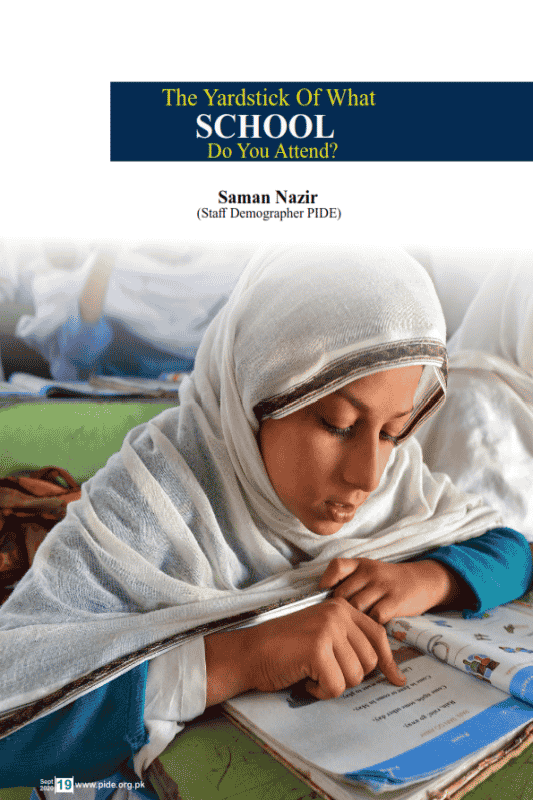The Yardstick Of What Do You Attend?
There are many measures for determining which socio economic background we come from. Some of the mostly common markers are which neighborhoods we live in, whether we wear branded clothing, what car we drive, and so on. One of the most telling yardsticks is which schools our children attend. It has nothing to do with academic ability or intellect. However is has a lot to do with how much we can afford to pay for our children’s education. It has become a status symbol of sorts. In Pakistan, children from affluent families not only attend elite private schools, but also go on to the best colleges and universities. On the other hand, children from low socio-economic backgrounds either do not have access to secondary and tertiary education altogether, or are compelled to drop out before completing their education due to lack of finances. It is then pertinent to say that Pakistan’s educational system is producing social disparity and widening the gap between the different segments of society. The schooling structures propagate two completely different levels of competencies between graduates of the elite private educational system and the government managed network of public schools.




